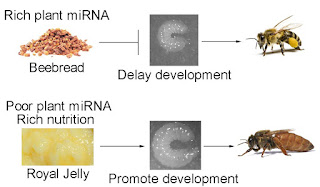Hopping molecule clusters control genes in Energy efficient way

Cells can respond as quickly as possible to signals from the outside https://www.sciencedaily.com/releases/2017/09/170925111215.htm Research at the University of York has revealed that genes are controlled by 'nano footballs' -- structures that look like footballs but 10 million times smaller than the average ball. Excerpt: " By placing tiny glowing probes on transcription factors -- special chemicals inside cells which control whether a gene is switched 'on' or 'off' -- researchers gained a remarkable new insight into the way in which genes are controlled. Crucially, they discovered that transcription factors operate not as single molecules as was previously thought, but as a spherical football-like cluster of around seven to ten molecules of roughly 30 nanometres in diameter. The discovery of these nano footballs will not only help researchers understand more about the basic ways in which genes operate, but may also provide important insights into human h...





